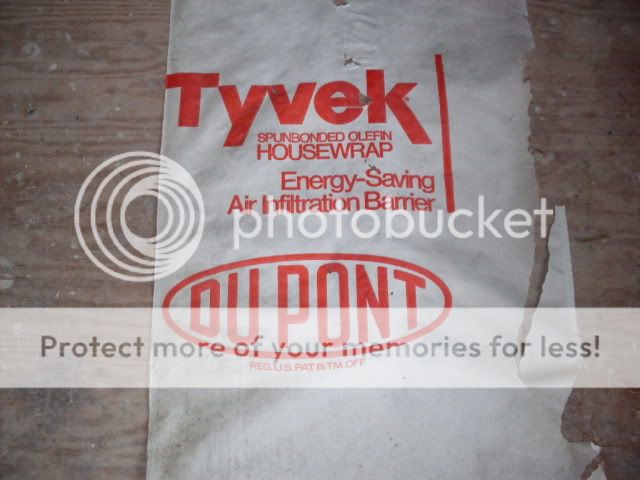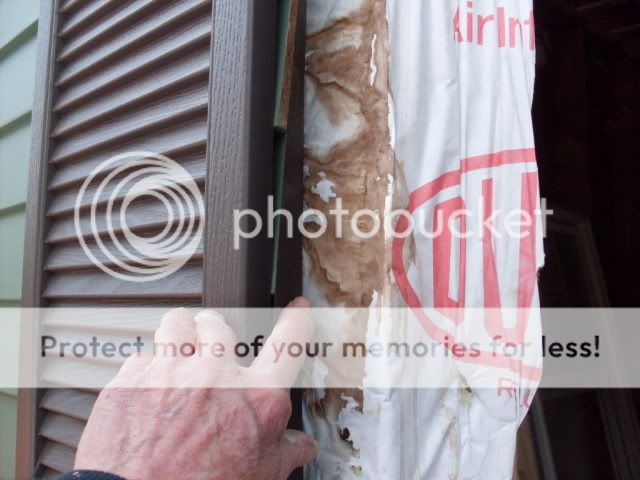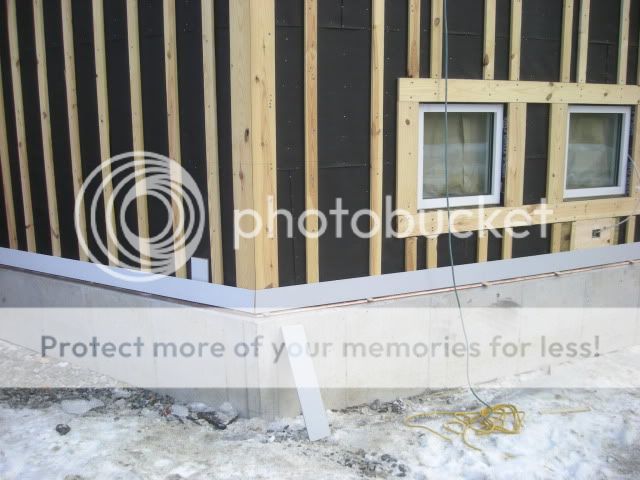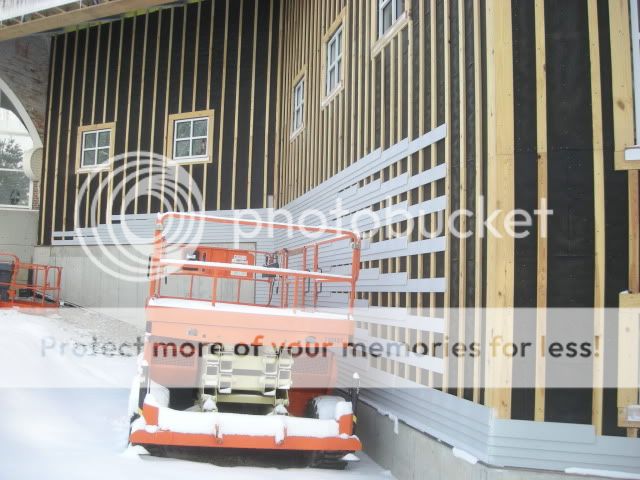I investigated a house in Halifax in 1995-6 where top quality pine clapboard was installed over TYVEK and plywood. The house was built in 1989 and won the architect an award for infill housing / building in the style of the existing older housing. By 1997, the builder and architect replaced the rotted plywood where necessary; the house now has vinyl siding installed!
Should the architect keep his award??
This is the beginning of some must read articles about the new housewraps and more energy efficient homes…it’s a whole new world!!
Great info Thanks Brian… see follow up
Good topic Nick.
Good article Brian.
Thought I would share a few things.
Any seen this before? Attic wrap.
http://www2.dupont.com/Tyvek_Weatherization/en_US/assets/downloads/AWInstFurringK14123.pdf
Well I have. Maybe the product has changed over the years.??
1985 build.
Tyvec used as an attic wrap.
Product;
Application; Attic wrap. Year 2009. Product exposed in renovation.
WRB usage behind cedar clapboard with no backprime. See what happens.
Did it protect the plywood sheathing? Yes. But the wrap took a beating I would say.
The organic component of the extraneous materials are referred to as extractives because they can be removed by extraction with solvents without altering the cellulose/lignin structure of the wood. Extractives include tannins and other polyphenolics, coloring matter, essential oils, fats, resins, waxes, gums and starch. Depending upon such factors as species, growing conditions and season of harvest, the total extractive content of wood substance may range from less than 1 up to 30 percent in extreme cases.
Although more expensive, the vented rain screen technology works well.
http://rds.yahoo.com/_ylt=A0oG72Gu329MkKoA4tBXNyoA;_ylu=X3oDMTEyYzk2Y2k0BHNlYwNzcgRwb3MDMQRjb2xvA2FjMgR2dGlkA0g2MjhfNzk-/SIG=1271mvki3/EXP=1282486574/**http%3A//www.greenhomebuilding.com/pdf/RainScreen.pdf
#30 felt over dense glass and furred with fire rated wood since this is a commercial project.
Like any product manufactured, test all you want, but time well tell the truth.
In all my life, never have I seen #15 or #30 felt fail. "When installed properly.

As a former builder, I can say that one of the reasons we use Tyvek is for marketing purposes. And not just to tout energy savings, but to make the house look new and fresh while up for sale, prior to siding or bricking it.
If felt is repeatedly wetted, it too will fail (become weakened and fall apart) and/or allow water in vapour form back in through it. Had this discussion with Joe Lstiburek in 1998-9…he thought it wouldn’t fail or allow rot to occur behind it, but I had already investigated a house owned by a local RE broker where water had diffused back through sometimes 2 layers of felt (called “reverse vapour drive”*; this is mentioned in Canadian literature in 1963-4, I believe) and caused rot in the sheathing boards.
*This house had vinyl siding, 1" expanded polystyrene insulation, felt, T&G boards, 2x6" studs with R20 fiberglass batts, 6 mil polyethylene air/vapour barrier and 1/2" drywall.
The water from the J trim alongside windows directed some rainwater into the expanded foam at the bottom corners of the windows where it was stored until…the sun came out (the worst and majority of damage was on the direct south-facing side). Then the water warmed, became vapour which moved inward to the boards…and voila…rot began!








